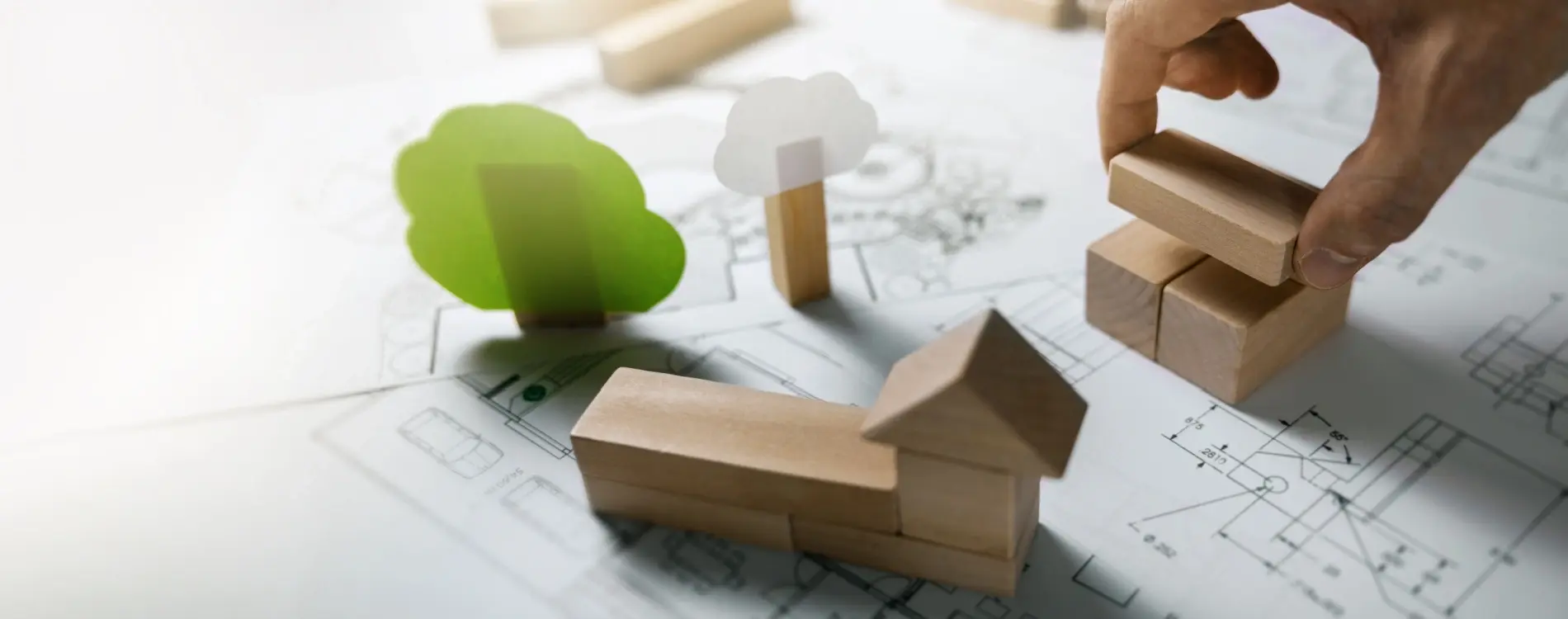7 Essential MEP Design Practices for a Sustainable Future

MEP engineering plays a pivotal role in designing and constructing sustainable buildings. By focusing on energy efficiency, resource conservation, and occupant well-being, MEP systems help create structures that meet modern sustainability standards. These systems not only enhance the environmental performance of buildings but also improve the overall experience for occupants. Let's explore some key aspects where MEP engineering contributes to sustainable buildings.
1. Energy-Efficient HVAC Systems
Energy-efficient HVAC systems are essential for maintaining a comfortable indoor environment while minimizing energy consumption. These systems incorporate smart controls to optimize performance and reduce energy waste. Correct insulation is crucial to minimize air leaks and maintain consistent indoor temperatures. Energy Star ratings for HVAC equipment ensure that the systems meet stringent energy efficiency standards, further contributing to sustainability.
2. Sustainable Lighting and Electrical Systems
Sustainable lighting and electrical systems play a vital role in reducing energy consumption and minimizing environmental impact. By replacing traditional lighting with LED lights and incorporating occupancy sensors, unnecessary lighting use can be significantly reduced. LED lights are more energy-efficient and have a longer lifespan compared to conventional bulbs. These systems not only save energy but also enhance the overall lighting quality in buildings.
As per DOE, lighting accounts for 15% of an average home’s electricity use. Switching to LED lighting could save you roughly $225 in energy costs each year.
3. Water Conservation and Management
Water conservation is a critical aspect of sustainable building design. Implementing water-saving technologies and practices can lead to significant cost savings and reduced environmental impact. Rainwater harvesting systems collect and store rainwater for various uses, while greywater recycling systems treat and reuse wastewater from sinks and showers. Sensor-activated faucets and low-flow fixtures further contribute to water conservation efforts, ensuring efficient use of this precious resource.
As per the popular real estate market (Ruby Home Stats), Green buildings can reduce water consumption by 20% to 30% and CO2 emissions by up to 35%.
4. Sustainable Materials and Resources
Using sustainable materials is essential for reducing the environmental impact of construction. Recycled materials such as reclaimed wood, recycled steel, and eco-friendly insulation can significantly lower a building's carbon footprint. These materials are not only environmentally friendly but also durable and cost-effective, making them a smart choice for sustainable construction.
5. Using Renewable Energy in MEP Engineering
Integrating renewable energy sources into MEP systems is a game-changer for sustainable buildings. Solar and geothermal energy systems are popular choices due to their long-term benefits and cost savings. Solar panels can be installed to harness the sun's energy, while geothermal systems use the Earth's natural heat for heating and cooling. These systems not only reduce reliance on fossil fuels but also lower utility bills, making them an attractive option for sustainable buildings.
According to Wood Mackenzie projections, solar power is on track to become the biggest single source of electrical generation capacity in the United States by 2050.
6. Energy Modeling and Analysis
Energy modeling is a vital tool in sustainable building design. This process involves simulating a building's energy use to forecast performance accurately. Energy modeling helps identify opportunities for energy savings and optimizes building performance. It also provides insights into cost and carbon footprint reduction, making it an invaluable resource for sustainable MEP design.
An energy audit has been shown to reduce home energy bills by 5% to 30%, according to Energy Rate Stats.
7. Certification
Achieving green building certification is a significant step towards sustainability. Certifications such as LEED (Leadership in Energy and Environmental Design) are designed to reduce the environmental impact of buildings, increase property value, and provide tax incentives. LEED-certified buildings are known for their reduced emissions, increased energy efficiency, and improved indoor air quality. Another notable standard is the Passive House, which focuses on super insulation, high-quality ventilation, robust windows, and excellent heat control. Net-zero buildings take it a step further by integrating renewable energy sources and advanced HVAC and lighting systems, aiming to produce as much energy as they consume.
Conclusion
Sustainable MEP design is essential for future building standards. By focusing on energy efficiency, water conservation, and the use of renewable resources, these practices offer numerous benefits, including reduced CO2 emissions and lower operational costs.
Collaborating with experts like NY Engineers can help implement effective sustainable MEP systems, ensuring that your building is not only functional but also environmentally responsible.
Are you ready to take your sustainability efforts to the next level? Contact us today to learn how we can help you design and implement cutting-edge MEP systems for a greener future.

Anuj Srivastava
Anuj Srivastava is a principal partner at NY Engineers. He is known for his MEP franchise market knowledge. Anuj is currently leading a team of 100+ MEP/FP engineers and has successfully led over 1500 franchise projects in the US.
7 Essential MEP Design Practices for a Sustainable Future

Table of contents
Join 15,000+ Fellow Architects and Contractors
Get expert engineering tips straight to your inbox. Subscribe to the NY Engineers Blog below.


